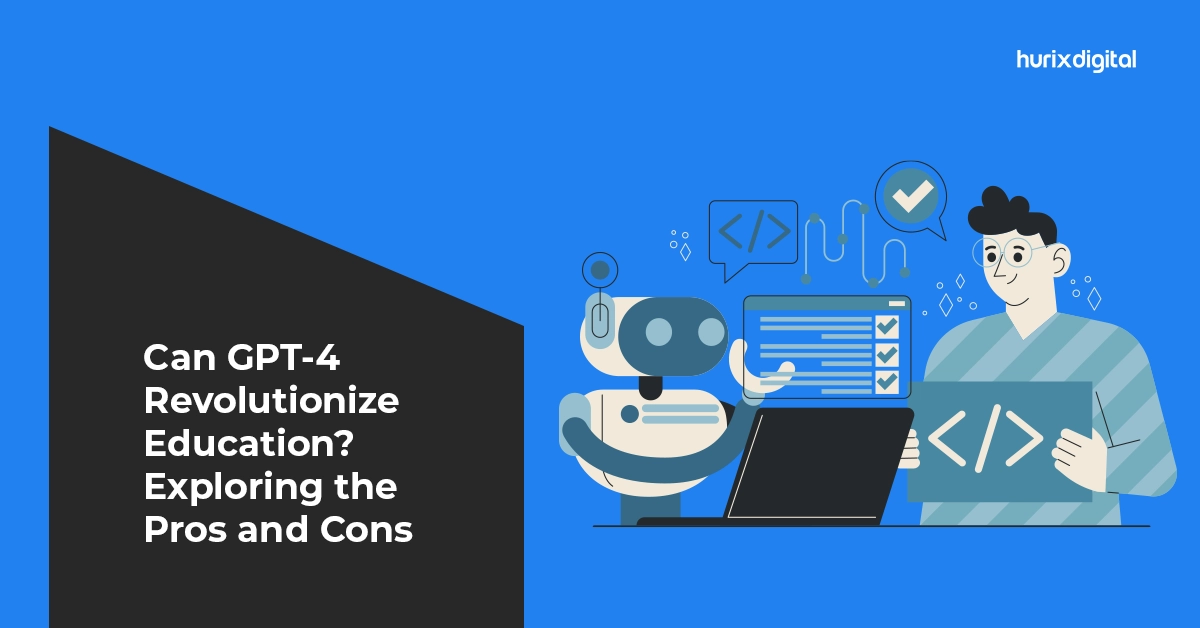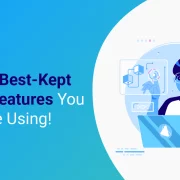
The Rise of Micro-Credentials: How are Universities Adapting?
Summary
This blog discusses how micro-credentials in higher education offer targeted, flexible learning aligned with job market needs, focusing on skill validation, course alignment, and technology’s role.
How education is delivered to learners must evolve with the needs of the hour. More specifically, for students engaged in higher education, the delivery of learning should resonate well with the requirements of the job market and the lifelong goals of the learner.
On the other hand, the education delivery should not compromise the enrolment volume that a university depends on for revenue and working capital.
The answer: micro-credentials.
Micro-credentials in higher education are a way of delivering flexible learning to students in a way that keeps their knowledge targeted and highly relevant to the needs of the world today. Let’s take a more detailed look at how universities are adopting this method.
Table of Contents:
- What are Micro-Credentials?
- How Do Micro-Credentials Work?
- Factors of Focus for Universities Implementing Micro-Credentials
- Leveraging Technology for Better Learning
What are Micro-Credentials?
Explained simply, higher education micro-credentials are a framework that allows a university to deliver competency-based qualifications to learners in a modular manner. Consider it as a bite-sized learning program rather than a full-fledged certification course.
The highlight of micro-credentials in higher education is that they deliver deep and focused knowledge of a specific topic instead of providing comprehensive knowledge of an entire field of instruction.
The students, having completed a micro-credential, receive a digital badge and/or certificate, deeming them qualified in a specific topic. For example, a learner can opt for online micro-credential courses in Data Visualization in Tableau. This is a very specific skill that allows the candidate to learn deeply about data visualization in a specific software.
Also Read: The Role of Technology in Closing the Education Equity Gap
How Do Micro-Credentials Work?
The need for digital micro-credentials in education is fuelled by the demand for updated knowledge in the workforce and the dynamism of evolving technologies. As employers give preference to candidates with specific skill sets, students find it more rewarding to opt for micro-credential courses to build up their chances of landing a good job.
Micro-credential certification programs work by providing learners with digital, accessible, targeted, and certified educational programs that are relevant in the world today. Furthermore, universities are experimenting with stackable micro-credentials. Stackable micro-credentials are a progressive course of targeted modules that cover a topic in advanced detail and can be combined together in various ways to create new portfolios.
Factors of Focus for Universities Implementing Micro-Credentials
Countless higher education institutions have already begun to adopt micro-credential-based learning ecosystems in their offerings. Below is a detailed discussion of the chief aspects these universities focus on to adapt to micro-credentials in higher education:
1. Purpose of a Micro-Credential
One key factor that universities consider is setting a purpose for every micro-credential course they offer. They gather the stakeholders and discuss what skills or skill bundle the course will focus on, what level of specialization it would impart, and how it would convey that a student has gained applied skills from learning it. Additionally, the university decides a target audience for this skill set.
2. Skill Validation
It is essential to consider identifying the skills and opportunity demand of the market before deciding on the micro-credential courses they will offer. You can mobilize your internal research network or work with external stakeholders to identify the key or target skill areas that will stay relevant for the coming years.
It is also important to have each skill identified and duly validated by employers so that their relevance and need can be verified.
3. Alignment with Courses
The most challenging aspect of implementing micro-credentials is aligning the identified skills and competencies with a course or creating a course out of them. For example, “Creating machine learning models for business intelligence” is an identified competency.
However, aligning it with a course requires incorporating various skills into one package, like learning programming languages and machine learning intricacies. It is of paramount importance to create a course that could give the learners real-world competency in developing useful BI models.
4. Structure and Governance
Creating a structure for the course and laying out the policies for its governance is crucial to ensure that the quality of the learning is maintained and standardized. Every university has the freedom to come up with its own structure for the course, and its way of governing it based on the delivery formats decided.
It helps to set up a dedicated committee whose sole purpose is to maintain the integrity and relevance of the micro-credential courses and manage their governance.
5. Delivery Format
One key consideration you would need to deliberate on is the mechanism to use to deliver micro-credentials to the learners. Broadly, there are three categories: hybrid, physical, and digital delivery methods. If you require more flexibility, you can consider a combination of these methods, like offering digital courses to remote students while conducting a physical classroom for the local ones.
The method you choose will also dictate the governance and structure of the course, how it should be regulated, and the copyrights and licenses that would apply to it.
6. Time to Completion
Micro-credential courses offer candidates a quick way to gain in-depth knowledge about a very specific topic. Therefore, universities must plan a pragmatic timeline for these courses that allows for swift completion while ensuring that all the bases are covered.
The typical length of a micro-credential course is 10 to 12 weeks. Depending on what is included, you may design your course to take shorter or longer.
7. Recognition
One of the most crucial aspects of a micro-credential course is making it acceptable and recognized by employers. This is different from having it endorsed. Recognition of the course by employers and other organizations where it is required helps students gain confidence in enrolling in it.
Also Read: Proven 11 Steps For Designing and Developing Effective Physical Education Curriculum
Leveraging Technology for Better Learning
As education continuously evolves, universities must mobilize relevant mechanisms that support the transformation and empower students to take control of their futures. Micro-credentials in higher education are a step towards creating a more capable and practical workforce with relevant and upgradable knowledge.
The real consideration, though, lies in the delivery and management of micro-credential courses at universities. Partnering with the most capable technology providers, like Hurix Digital, can help streamline the management, governance, structuring, and delivery of these courses for universities.
We facilitate a robust framework of digital technologies using which universities can develop courses and hire editorial services and professionals to deliver the knowledge to students. To explore the full extent of Hurix Digital’s services for micro-credentials in higher education, give us a call today!

Senior Vice President
A Business Development professional with >20 years of experience with strong capability to sell new solutions and develop new markets from scratch. New Market Entry Specialist with experience of working in two of the largest emerging markets – China & India. Also covered other key markets in APAC, US, EU & ME. Exceptional experience of conceptualizing, ideating and selling new learning technologies like VR AR, etc. across multiple industry verticals.








